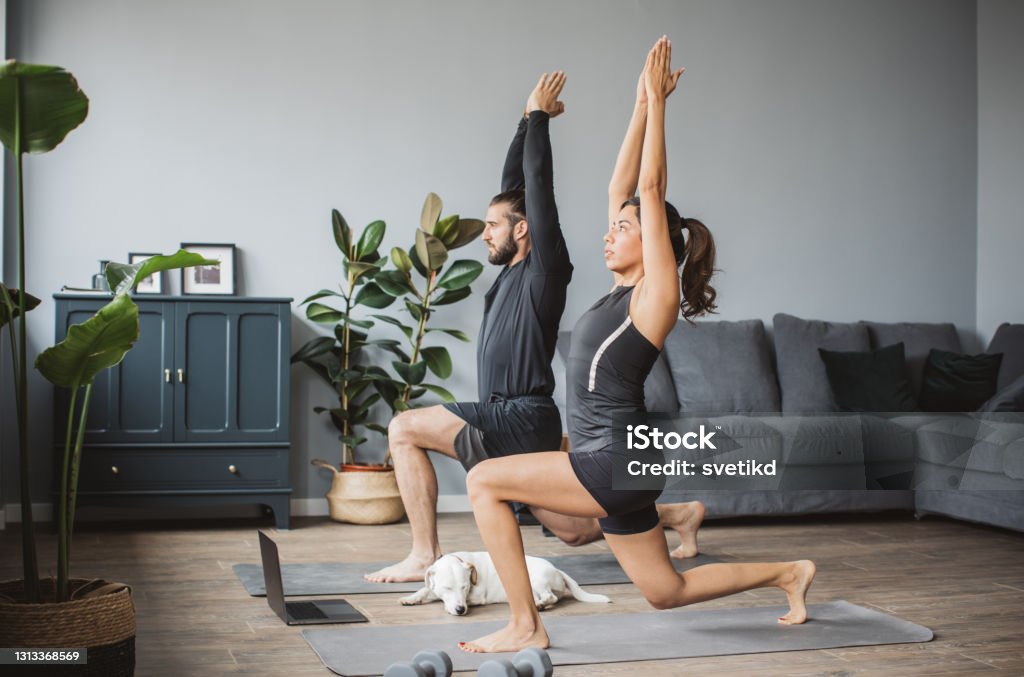Casual Sneakers: Everyday Style and Comfort Casual Sneakers ** are one of the most popular types of shoes worldwide, loved for their ** comfort, versatility and timeless style. Unlike performing-based athletic shoes, casual sneakers are mainly designed for ** daily wearer rather than intensive sports activities. They attack the correct balance between ** fashion and
How to Manage Anxiety Naturally at Home
Anxiety is something many of us experience — sometimes it’s a low hum in the background, and other times it’s an overwhelming wave. Whether it shows up as racing thoughts, a pounding heart, or that uneasy knot in your stomach, anxiety can be exhausting. The good news? You don’t always need a prescription or
Anxiety is something many of us experience — sometimes it’s a low hum in the background, and other times it’s an overwhelming wave. Whether it shows up as racing thoughts, a pounding heart, or that uneasy knot in your stomach, anxiety can be exhausting. The good news? You don’t always need a prescription or
How to Start a Fitness Journey at Home: A Realistic Guide for Beginners
So you’ve made the decision: It’s time to take your health into your own hands and start getting fit. But maybe you don’t have a gym membership, or you feel overwhelmed by crowded classes, intimidating equipment, or a packed schedule. 1. Start With Your “Why” 1. Set Clear, Realistic Goals Before you jump
So you’ve made the decision: It’s time to take your health into your own hands and start getting fit. But maybe you don’t have a gym membership, or you feel overwhelmed by crowded classes, intimidating equipment, or a packed schedule. 1. Start With Your “Why” 1. Set Clear, Realistic Goals Before you jump
Hello world!
Welcome to WordPress. This is your first post. Edit or delete it, then start writing!
Welcome to WordPress. This is your first post. Edit or delete it, then start writing!


